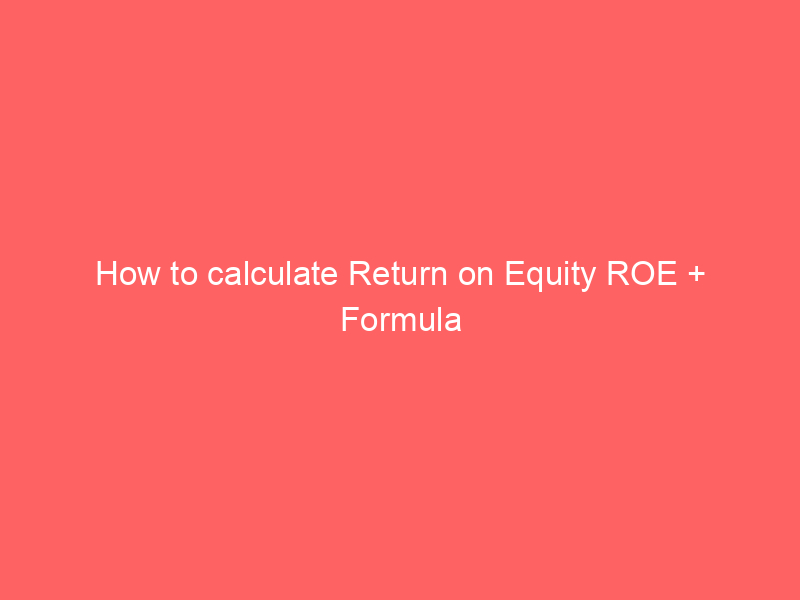Imagine you have a lemonade stand where you invested some money to start. You want to know how well your investment is doing, right? That’s where Return on Equity (ROE) comes in handy. It helps you understand how efficiently your lemonade stand is using your money to make lemonade and generate profits.
Understanding the Core Concept
ROE is a financial ratio that measures the profitability of a company in relation to the shareholders’ equity. In simple terms, it shows how much profit a company makes with the money invested by the shareholders. The higher the ROE, the better the company is utilizing the shareholders’ equity.
Formula
Real-World Example
Let’s say your lemonade stand made a net income of $500 this year, and your shareholders’ equity (the money you initially invested) is $2000. To calculate ROE, you divide the net income by the shareholders’ equity:
ROE = $500 / $2000 = 0.25 or 25%
“ROE is like a report card for a company, showing how good it is at turning investor’s money into profits.” – Warren Buffett
Real-World Applications
Understanding ROE can help investors evaluate the financial performance of a company before investing. It also helps company management identify areas of improvement to increase profitability and efficiency.
Actionable Steps
- Calculate ROE for your business or a company you’re interested in investing in.
- Compare the ROE of different companies in the same industry to make informed investment decisions.
- Focus on improving ROE by increasing profits, reducing expenses, or optimizing asset utilization.
Key Takeaways
- ROE measures how well a company generates profit from shareholders’ equity.
- A higher ROE indicates better profitability and efficiency.
- Investors use ROE to assess the potential return on their investment.
Related Terms
- Return on Assets (ROA)
- Earnings Per Share (EPS)
- Debt-to-Equity Ratio
Common Mistakes to Avoid
- Ignoring the industry average ROE when evaluating a company’s performance.
- Only focusing on ROE without considering other financial metrics.
- Not accounting for one-time or extraordinary expenses that may skew the ROE calculation.
Common Myths Debunked
- Myth: A high ROE always means a good investment.
Debunked: A high ROE may indicate risk as well, such as excessive debt or unsustainable growth.
5+ FAQs
How is ROE different from ROI?
ROI (Return on Investment) measures the return on a specific investment, while ROE focuses on the return on shareholders’ equity.
What is a good ROE?
A good ROE varies by industry, but generally, a double-digit ROE is considered desirable.
Can ROE be negative?
Yes, a negative ROE indicates that the company is not generating enough profit to cover the shareholders’ equity.
How can a company improve its ROE?
A company can improve ROE by increasing profitability, reducing expenses, or optimizing its asset utilization.
Is ROE the only metric to consider for investment?
No, investors should consider ROE along with other financial ratios and metrics to make informed investment decisions.
Ready to optimize your lemonade stand? Let’s crunch some numbers and improve your ROE. Contact us for expert financial advice and guidance. Our contact information is available on our website.


Leave a Reply